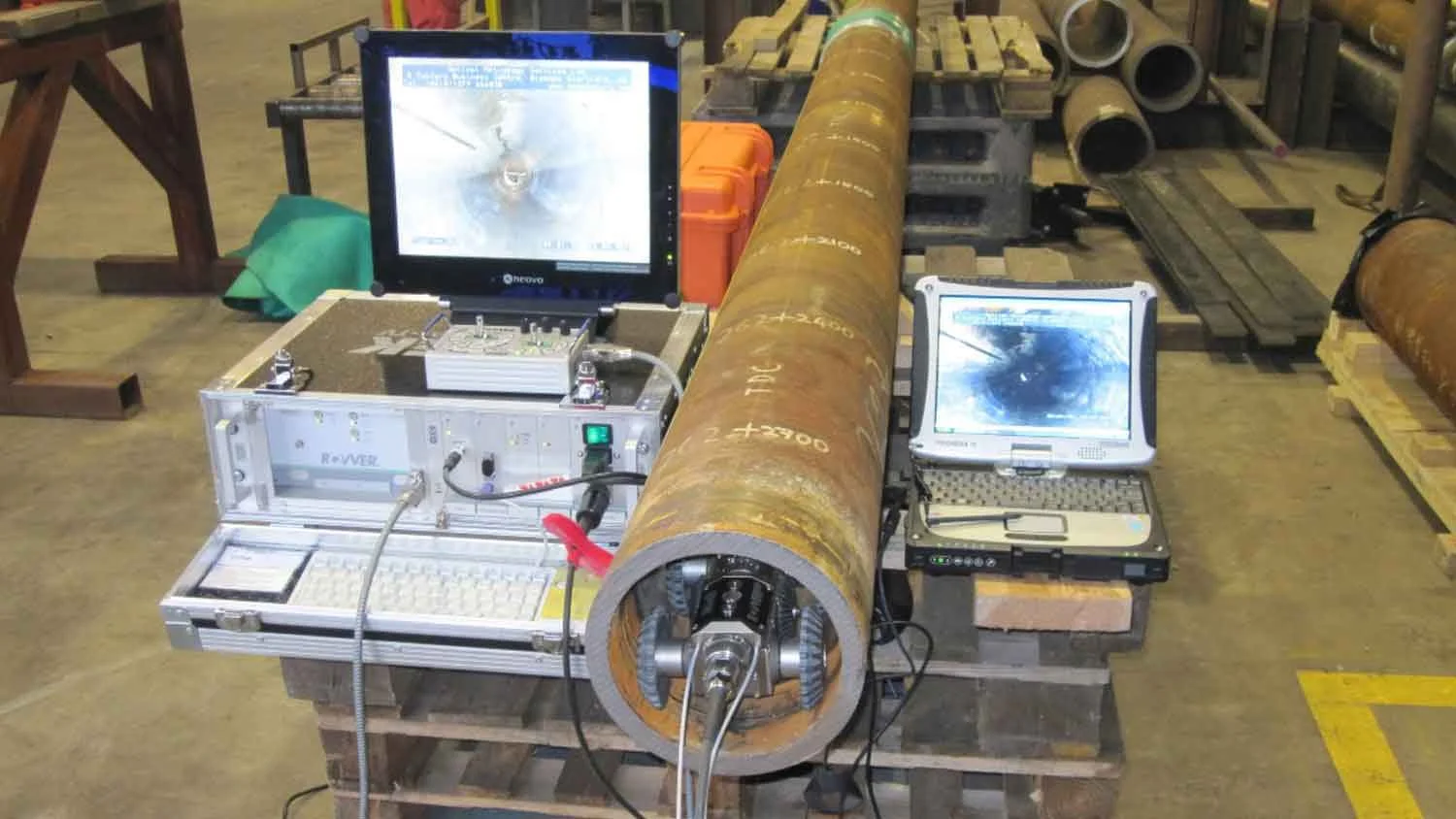Comprehensive Introduction of Pipeline Welding Inspection Treatments
In the world of pipe construction, making sure the stability and security of welded joints is critical. Pipe welding inspection procedures play a critical role in guaranteeing that welded links satisfy rigid sector criteria and specs. From precise pre-welding assessments to extensive post-weld analyses, a distinct inspection procedure is vital for keeping the architectural soundness of pipes. Understanding the ins and outs of welding assessment treatments is not just a governing demand yet also a basic aspect of upholding the reliability of these essential infrastructures.
Pre-welding Examination Preparations
Prior to beginning the welding process, detailed pre-welding inspection prep work are important to guarantee the integrity and top quality of the weld joint. These prep work involve a thorough examination of the products to be welded, the welding equipment, and the workplace. The products need to be checked for any flaws, pollutants, or incongruities that might compromise the weld. This includes checking for proper product grades, dimensions, and surface problems. Pipeline Welding Inspection. Additionally, the welding tools requires to be examined to validate that it remains in great working condition, adjusted properly, and suitable for the particular welding procedure. Any problems with the tools need to be dealt with promptly to avoid flaws in the weld. Finally, the workplace must be reviewed for sanitation, correct air flow, and precaution to ensure a favorable setting for the welding procedure. By conducting thorough pre-welding inspection prep work, potential issues can be recognized and settled early, resulting in top quality and trustworthy weld joints.
Welding Treatment Credentials
Complete pre-welding evaluation prep work lay the foundation for the critical procedure of Welding Treatment Qualification, ensuring the stability and top quality of the weld joint. Welding Procedure Qualification (WPQ) is an important action in the welding process that involves screening and licensing welding treatments to ensure they fulfill certain requirements and requirements. The WPQ process generally includes welding procedure requirements advancement, welding procedure credentials screening, and documents of the outcomes.
During welding procedure spec advancement, necessary details such as the welding process, welding products, joint design, and welding specifications are specified to produce an extensive treatment. Subsequently, welding treatment qualification screening is conducted to verify the recommended treatment's stability. This testing typically includes welding test coupons that are subjected to various mechanical and non-destructive tests to examine the weld's quality and adherence to the specified standards.
In-process Weld Evaluation
Throughout the welding procedure, in-process weld inspection plays a vital function in ensuring the top quality and stability of the weld joint - Pipeline Welding Inspection. This kind of examination includes monitoring the welding criteria, evaluating the weld bead development, and spotting any kind of potential defects or discontinuities as they take place. By performing in-process weld examinations, welding drivers can promptly address any type read what he said of concerns that may arise, therefore avoiding additional flaws and making certain that the final weld meets the needed requirements
Common techniques used for in-process weld inspection include aesthetic evaluation, liquid penetrant testing, magnetic fragment testing, ultrasonic testing, and radiographic screening. Overall, in-process weld assessment is vital for keeping the high quality and integrity of welded pipelines.
Non-destructive Screening (NDT)
Non-destructive Screening (NDT) is a crucial technique employed in pipe welding evaluation to evaluate the honesty of weld joints without causing damages to the welded structure. By utilizing numerous NDT methods, examiners can evaluate the top quality of welds and determine any type of defects or suspensions that might jeopardize the structural soundness of the pipeline. Common NDT techniques made use of in pipe welding examination include Radiographic Screening (RT), Ultrasonic Screening (UT), Magnetic Particle Checking (MPT), Fluid Penetrant Testing (LPT), and Visual Testing (VT)
RT includes the usage of X-rays or gamma rays to generate pictures of the internal structure of the weld, permitting assessors to identify defects such as porosity, cracks, or insufficient combination. In addition, VT involves aesthetic evaluation of welds to determine any kind of visible flaws.
Post-weld Evaluation and Paperwork


Paperwork of post-weld examination searchings for is crucial for maintaining high quality control records and guaranteeing compliance with market requirements and laws. In-depth reports must include details concerning the evaluation techniques made use of, the location and nature of any type of flaws found, and any kind of restorative activities taken - Pipeline Welding Inspection. Correct documentation not only offers as a document of the weld's quality yet likewise aids in future upkeep and examination processes
Final Thought

In conclusion, pipe welding inspection treatments play a vital function in making certain the high quality and honesty of welds. Generally, adherence to appropriate evaluation protocols is vital to the success of pipeline welding tasks.
From meticulous pre-welding inspections to thorough post-weld analyses, a distinct examination procedure is crucial for preserving the architectural strength of pipelines. By performing in-process weld assessments, welding drivers can quickly deal with any type of concerns that may occur, therefore making certain and avoiding more defects that the final weld meets the needed requirements.
Typical techniques utilized for in-process weld examination include visual inspection, fluid penetrant screening, magnetic particle testing, ultrasonic screening, and radiographic screening.Non-destructive Testing (NDT) is an essential approach used in pipe welding read review inspection to examine the honesty of weld joints without causing damages to the welded framework. Post-weld examination involves numerous techniques to analyze the welds for flaws, including aesthetic assessment, color penetrant screening, magnetic fragment testing, ultrasonic testing, and radiographic screening.